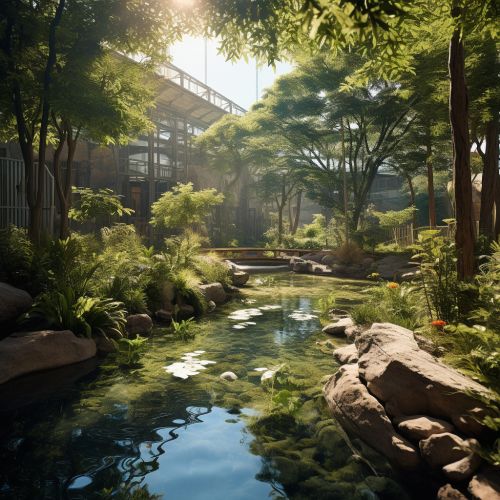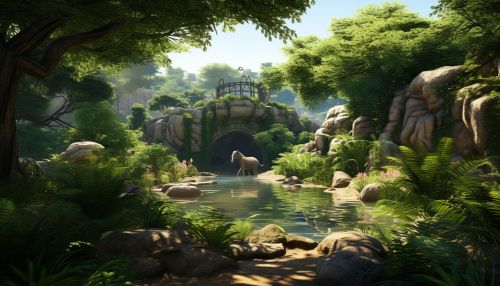Zoos and Aquariums
Overview
Zoos and aquariums are institutions that house and care for a variety of animal species. They serve multiple purposes including education, research, conservation, and recreation. Zoos typically house terrestrial animals while aquariums focus on aquatic species. Both types of institutions play a critical role in the preservation of biodiversity and provide valuable opportunities for the public to learn about and appreciate the natural world.


History
The concept of zoos and aquariums has evolved significantly over time. The earliest zoos, known as menageries, date back to ancient civilizations such as Egypt and Mesopotamia where they were used to display exotic animals for entertainment and power demonstration. The modern concept of zoos emerged in the 19th century with the establishment of the London Zoo in 1828, which was intended for scientific study. Aquariums, on the other hand, became popular in the Victorian era with the development of glass and steel construction techniques that allowed for the creation of large, transparent tanks.
Design and Infrastructure
The design and infrastructure of zoos and aquariums have evolved to prioritize animal welfare and visitor experience. Modern zoos and aquariums aim to replicate the natural habitats of the animals as closely as possible. This includes the use of naturalistic enclosures, underwater viewing areas, and interactive exhibits. The design also considers factors such as animal behavior, species compatibility, and the physical and psychological needs of the animals. Infrastructure such as veterinary facilities, quarantine areas, and research laboratories are also integral parts of modern zoos and aquariums.


Animal Welfare and Ethics
Animal welfare is a fundamental aspect of zoos and aquariums. Institutions are required to meet specific standards of care and welfare for the animals, which are often regulated by laws and guidelines from animal welfare organizations. This includes providing appropriate food, housing, healthcare, and opportunities for natural behavior. Despite these standards, the ethics of keeping animals in captivity is a topic of ongoing debate. Critics argue that captivity can negatively impact animal health and behavior, while proponents highlight the benefits for conservation and education.
Conservation and Research
Zoos and aquariums play a significant role in conservation and research. Many institutions participate in Species Survival Plans, which aim to maintain healthy and genetically diverse animal populations. Zoos and aquariums also contribute to conservation in the wild through reintroduction programs, habitat restoration, and funding for conservation projects. In terms of research, these institutions provide unique opportunities for studying animal behavior, genetics, reproduction, and health which can inform conservation strategies and enhance our understanding of the natural world.
Education and Recreation
Education is a key mission of zoos and aquariums. Through exhibits, interpretive signage, educational programs, and interactive experiences, visitors can learn about animals, their habitats, and the challenges they face in the wild. Zoos and aquariums also provide recreational opportunities for the public. The unique experiences they offer, such as viewing rare and exotic animals up close, can foster an appreciation for wildlife and inspire conservation action.


Future Trends
The future of zoos and aquariums is likely to be influenced by advancements in technology, changing public attitudes towards animal welfare, and the ongoing need for conservation. Virtual and augmented reality, for example, could enhance visitor experiences and education programs. There is also a growing trend towards more immersive and naturalistic exhibits, as well as a focus on local wildlife and ecosystems. Furthermore, zoos and aquariums will continue to play a crucial role in conservation as the loss of biodiversity intensifies.
